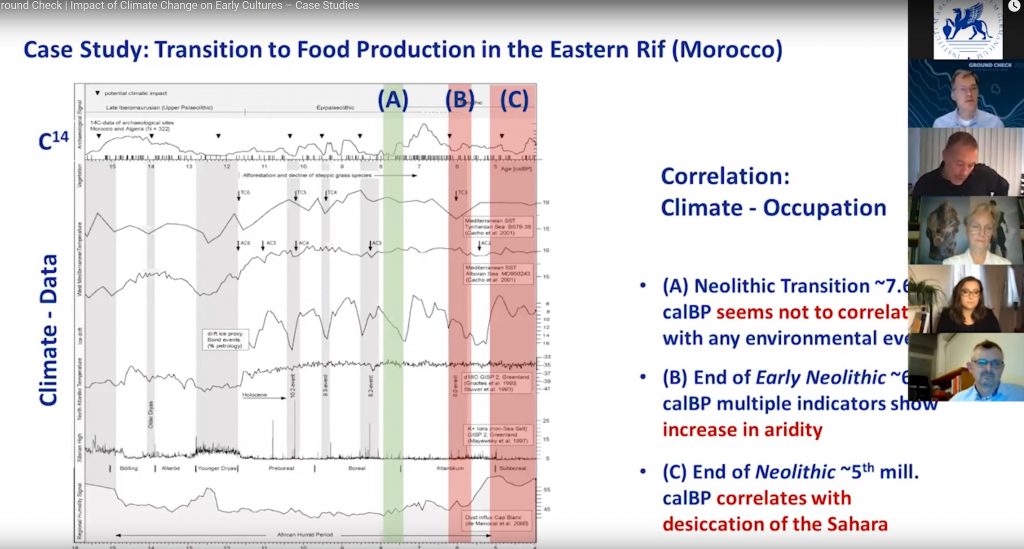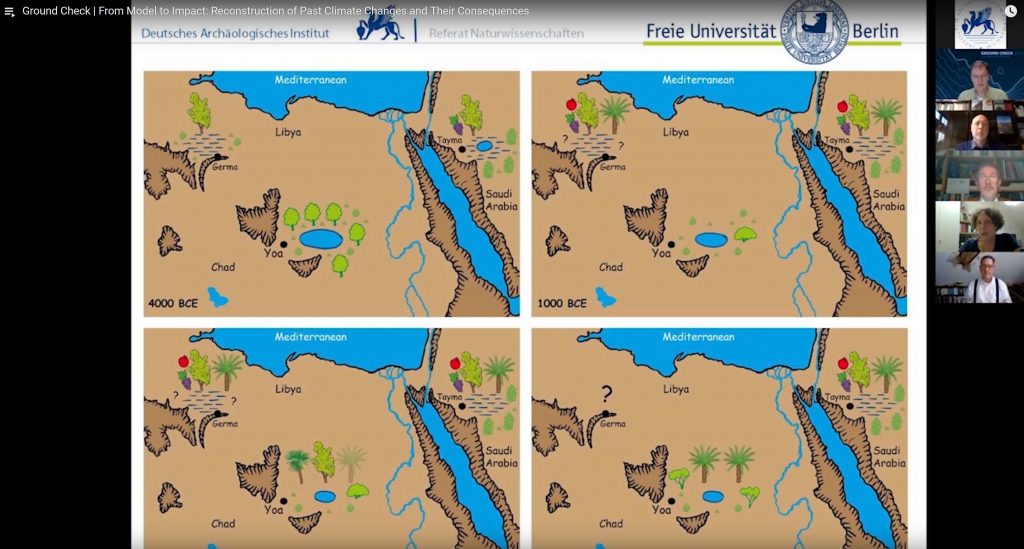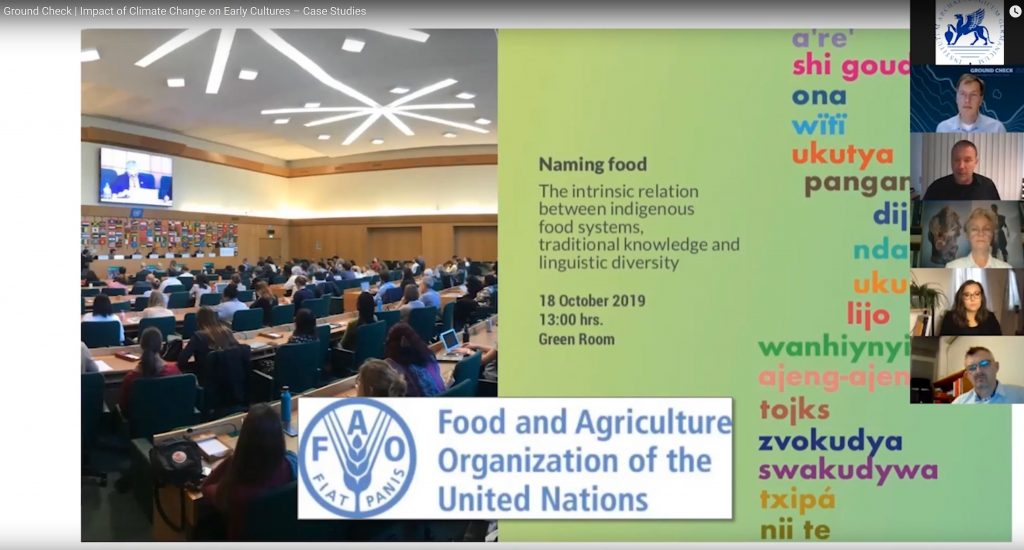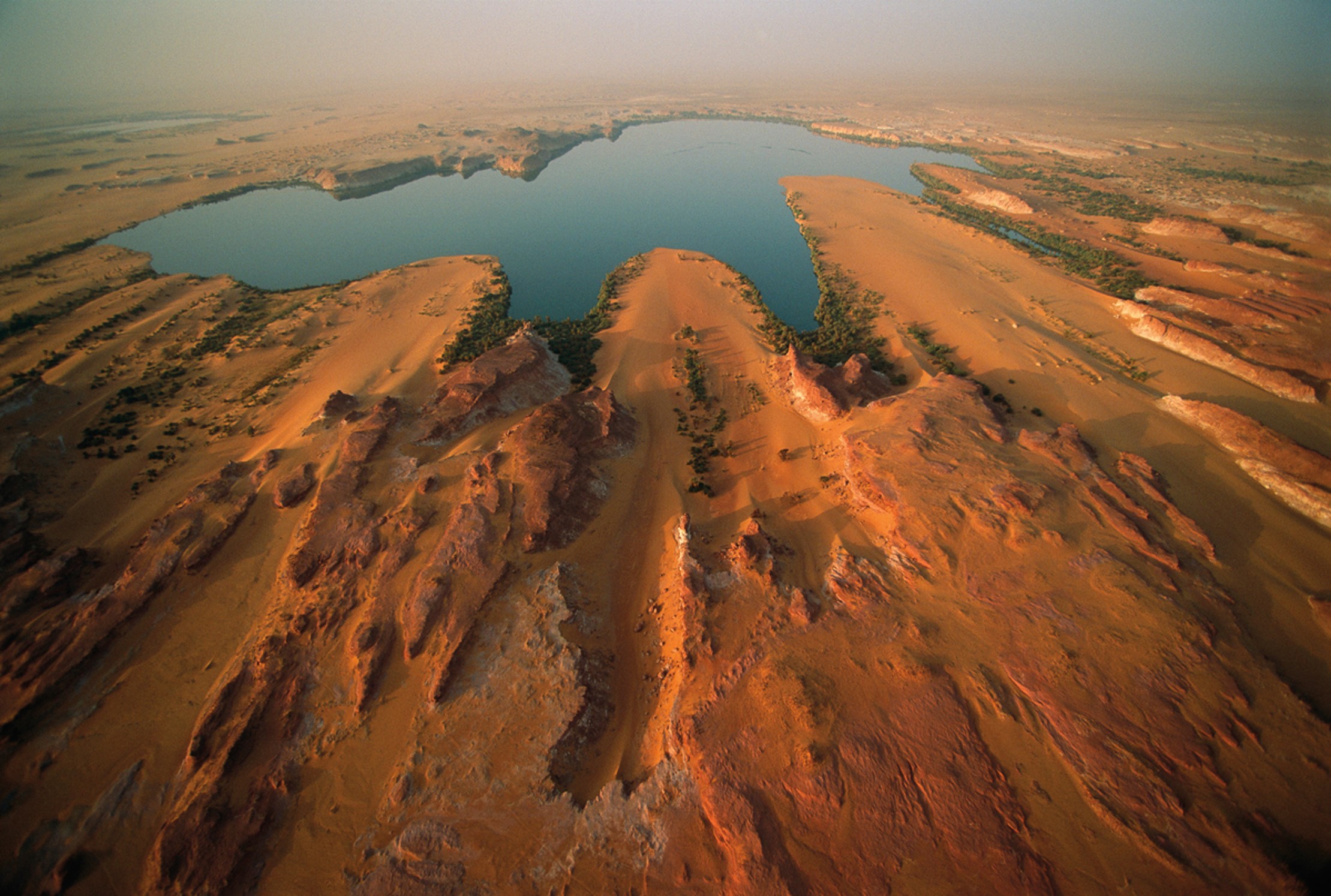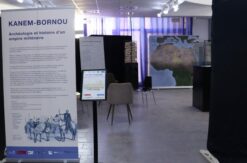Entangled Africa and climate change in the past
DeGree focuses on the aridification of the Central Sahara. Plants, animals and humans were pushed back into the remaining green zones. Humans had to reorganize their social and political structures about 6000 years ago. In natural history, these changes can be seen in innovations such as the cultivation of crops, from which pollen are preserved in the layers of the soil and lake sediments. The results of their study show that oases were important retreat areas. At the same time, the form of agricultural adaptation to changing climatic situations varies greatly from place to place – and surprisingly, not every favorable location was intensively used.
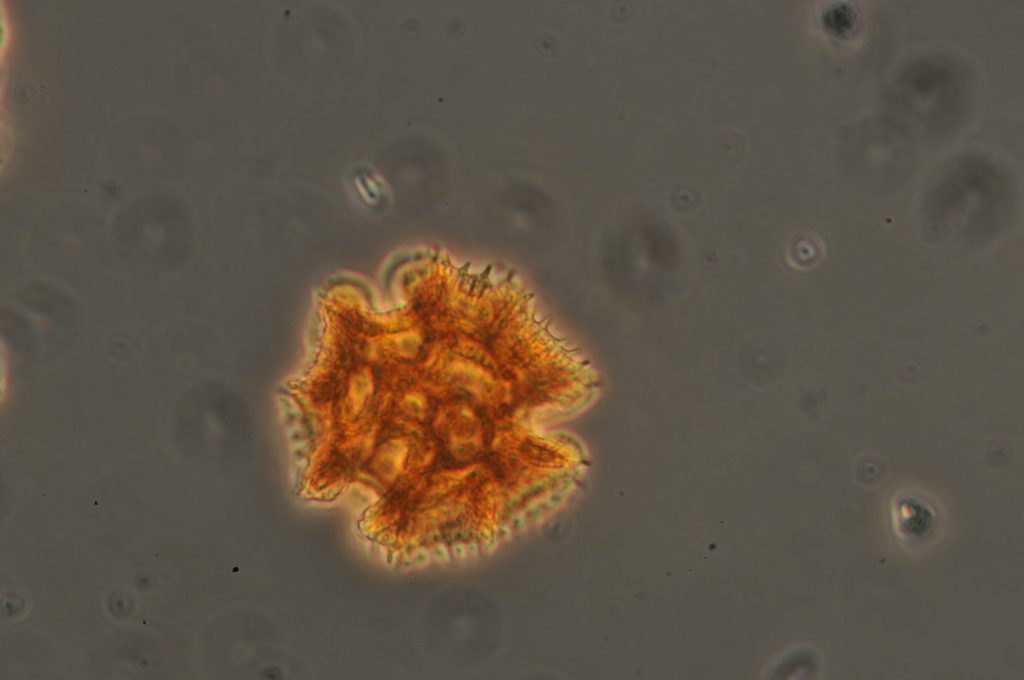
In the context of his archaeological work in North Africa, Jörg Linstädter is following the connections between climate change and settlement patterns. It is striking that no correlation between the composition of food and a changing environment can be identified. In the western Mediterranean region, Neolithic settlement groups apply very individual strategies. However, the mixture of domesticated and wild animals and plants seems to be essential for securing sufficient food. This diversity is becoming topical again today, at a time when the lack of complexity in our living environment makes us more inflexible than ever before when it comes to react to the rapidly advancing changes in our environs.
